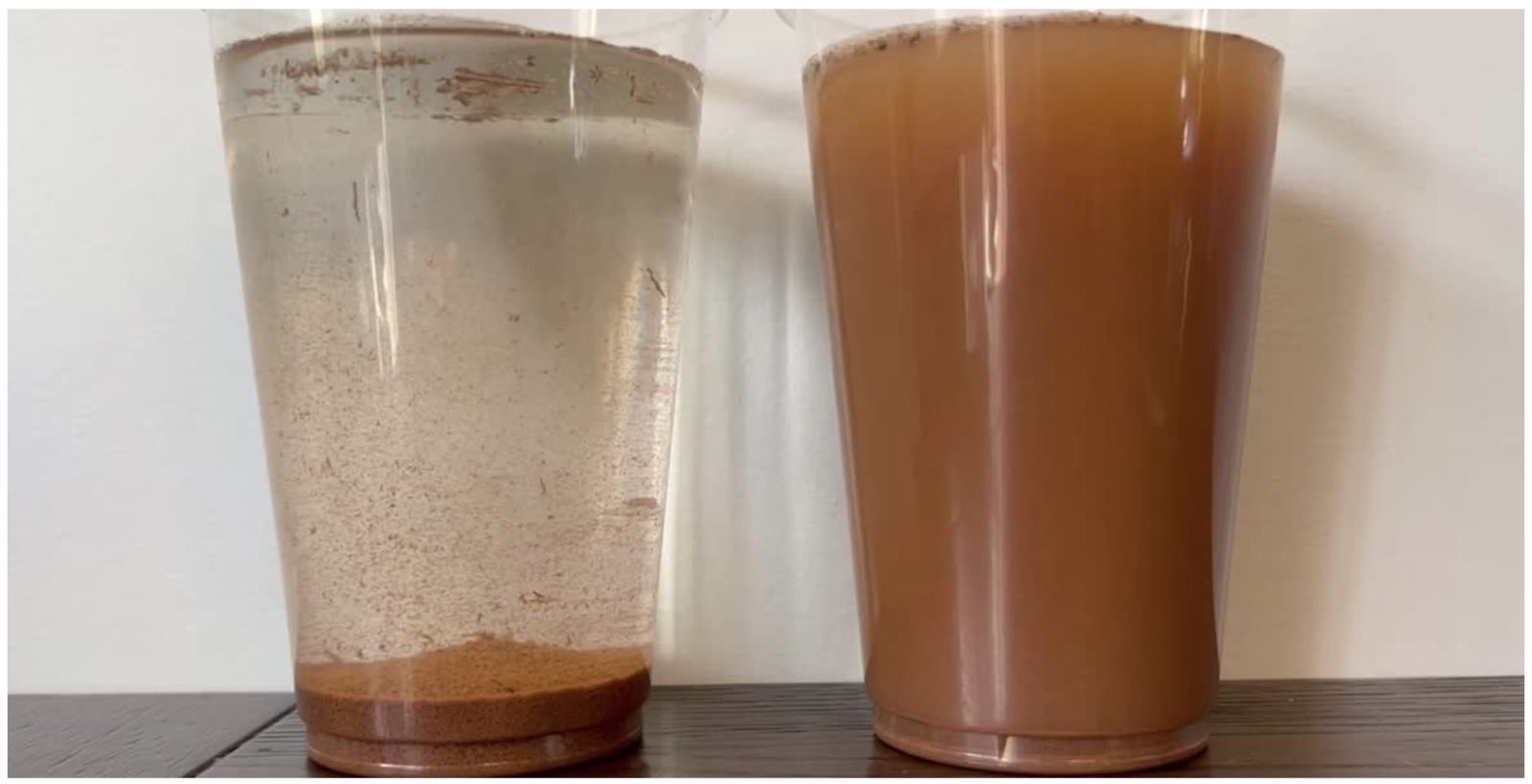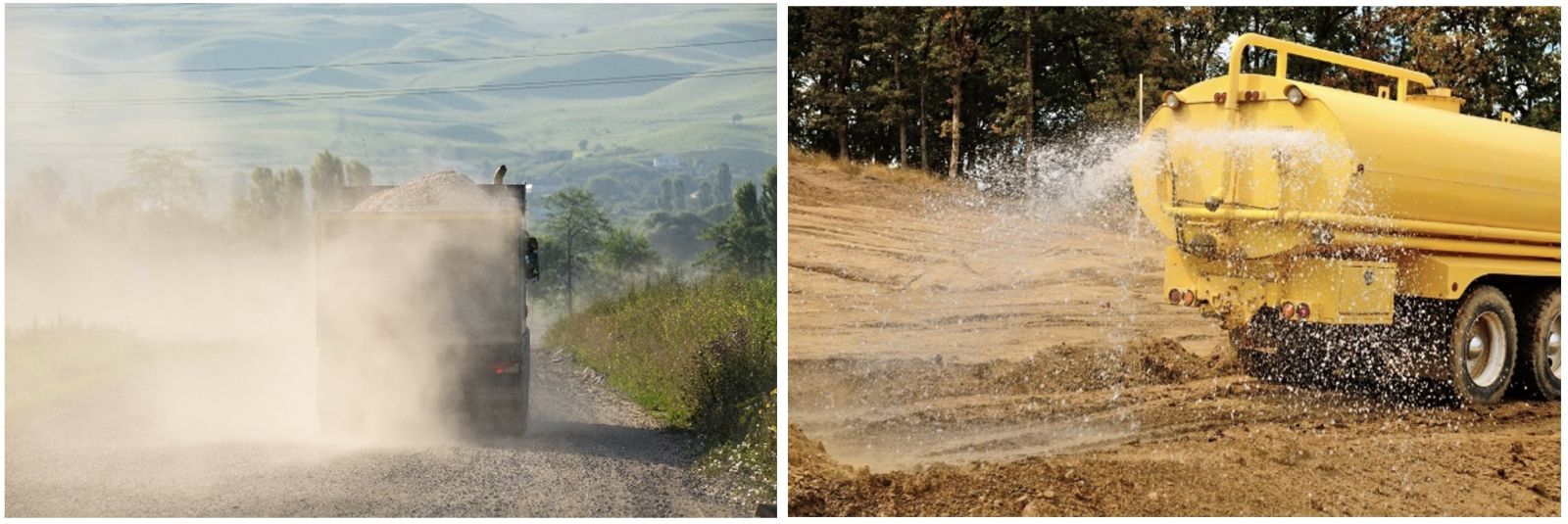Before Things Go Sideways…Have a Plan!
The adage that “a failure to plan is a plan to fail” is particularly relevant in the construction industry. Most construction permits require an erosion and sediment control plan (ESCP) as well as a stormwater pollutant prevention plan (SWPPP) to be submitted prior to the commencement of construction activities. All too often these plans are copied and pasted from other projects and may not be appropriate for or relevant to the site-specific conditions present on the project at hand. Don’t wait until things go horribly wrong to discover that someone failed to adequately plan for the conditions found on site or that they could have been reasonably expected to be found on site.
Unlike many construction projects where the development can be completed in phases, like housing or linear construction, solar projects typically clear and grade hundreds of acres at the beginning of the project, thus exposing them to the high potential for creating dust, erosion, and turbid stormwater discharges that carry sediment offsite. The sheer scope of these projects amplifies the risks by orders of magnitude and necessitates the need for a site-specific flocculant plan. Don’t believe me? A quick online search query with the following key words: “solar farm clean water violation” will yield a page full of results showing solar farms fined millions of dollars for violations to the Clean Water Act.

(Above: Inadequate sediment and erosion controls at solar site impacted adjacent landowner’s property and as well as waters of the US, resulting in a multi-million dollar fine. Photos: Georgia DNR, EPD Rural Development Council Presentation)
As utility-scale photovoltaic power stations rapidly expand across North America, so do the environmental risks and regulatory scrutiny surrounding their development. Few aspects carry higher risk — or cost — than inadequate erosion and sediment control. From permit delays and stop-work orders to neighbor complaints and Clean Water Act violations, unmanaged stormwater can threaten timelines, budgets, and reputations. For solar developers and contractors under pressure to deliver clean energy on tight schedules, anionic polyacrylamide (PAM) offers a proven, scalable solution to meet National Pollutant Discharge Elimination System (NPDES) requirements efficiently and sustainably.
Anionic polyacrylamide, a polymer flocculant, has proven invaluable for erosion control and turbidity reduction at large-scale solar installations. This environmentally safe, water-soluble polymer binds soil particles together, significantly reducing erosion by stabilizing exposed soils. As PAM-treated soils are far less susceptible to rainfall-induced displacement, the risk of sediment runoff into adjacent water bodies is substantially mitigated.
Moreover, PAM treated soils facilitate better vegetation establishment by preserving seedbed integrity and maintaining adequate moisture levels essential for successful revegetation efforts. The USDA and NRCS have published numerous studies touting the benefits of using PAM for increasing crop yields, improving water use efficiency, and preventing the loss of valuable topsoil. Better vegetation establishment translates to enhanced long-term site stabilization, further reducing erosion potential and ensuring compliance beyond initial construction phases.
Another key advantage of employing PAM in erosion and sediment control is its capability to markedly reduce water turbidity levels during storm events. Turbidity, a measure of water clarity, directly impacts aquatic ecosystems and water quality standards mandated under the Clean Water Act. By accelerating sediment settling, PAM helps maintain compliance with NPDES permits, which can prevent costly fines, stop-work orders, and negative interactions with regulatory agencies and neighboring property owners.

(Above: Untreated stormwater discharge on left vs. PAM treated stormwater discharge on right)
Beyond erosion control and stormwater management during rain events, anionic PAM provides the significant benefit of dust suppression. Dust generation during construction poses not only compliance challenges under the Clean Air Act but also public relation concerns due to potential impacts on neighboring communities. PAM effectively binds soil particles, minimizing airborne dust and improving overall air quality. As a dust palliative, PAM treatments greatly reduce fugitive dust emissions from haul roads and soil disturbing activities, enhancing workplace safety, public health, and regulatory compliance.
Importantly, the benefits of PAM continue post-construction, directly enhancing the efficiency and longevity of solar energy production facilities. Reducing dust generation following the construction phase significantly decreases particulate deposition onto solar panels. Cleaner solar panels maintain higher efficiency by ensuring optimal absorption of solar radiation, directly contributing to higher overall energy production levels and facility reliability.

(Left: Dust from a haul road – Right: PAM emulsion applied via water truck mitigates fugitive dust for weeks to months)
Effective use of PAM thus addresses both immediate and long-term environmental compliance objectives. Construction site managers leveraging PAM in their stormwater management strategies consistently report reduced incidents of regulatory noncompliance, fewer fines, diminished occurrences of stop-work orders, along with notably improved community relations through proactive environmental stewardship.
Anionic polyacrylamide presents a powerful tool for ensuring environmental compliance in the rapidly growing solar energy sector across North America. By facilitating effective erosion control, turbidity management, and dust mitigation, PAM helps solar farm developers meet stringent regulatory requirements efficiently. Furthermore, integrating PAM-based strategies into site development and management practices provides both immediate and sustained benefits — environmentally, economically, and operationally — positioning utility-scale solar projects for successful and compliant operations long into the future.
Brian Free CPESC, CPSWQ, QSD/P, CPAg is Director of Business Development at Applied Polymer Systems, a multi-generation, family owned and operated company that for nearly 30 years has provided environmentally friendly, low cost, and effective polymer solutions for challenging land and water quality issues.
Applied Polymer Systems | www.apsfloc.com
Author: Brian Free
Volume: 2025 September/October











.png?r=1072)
